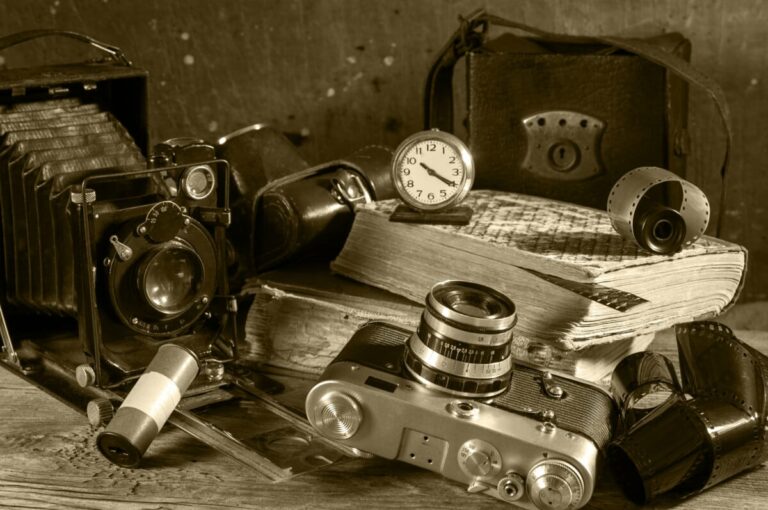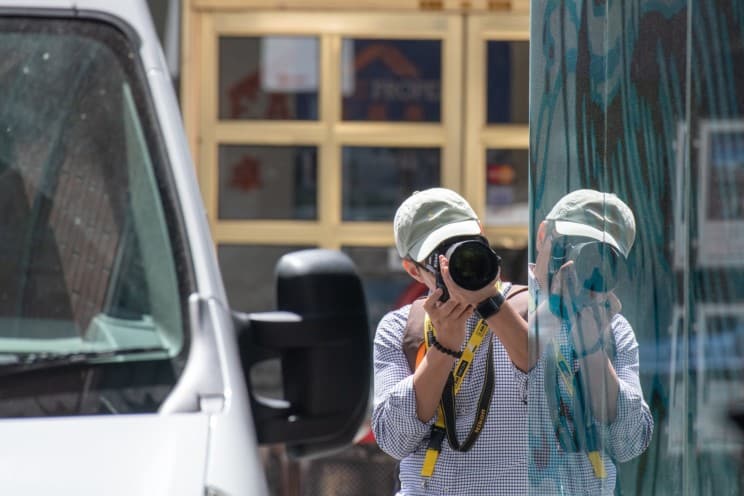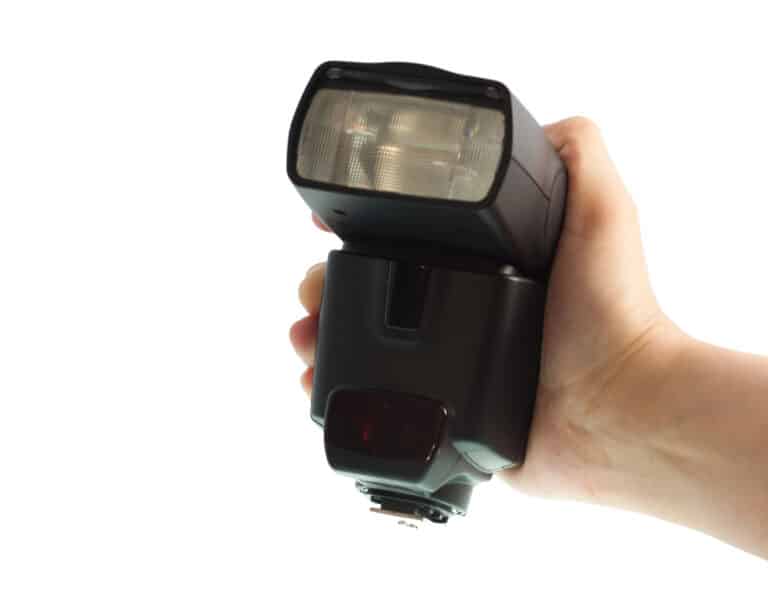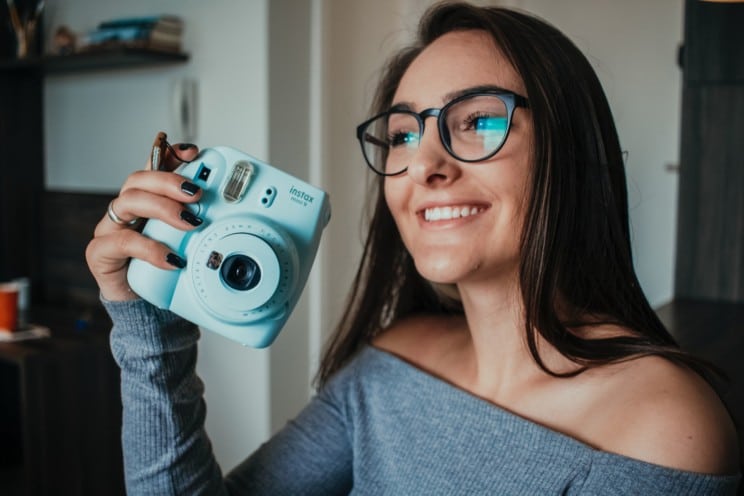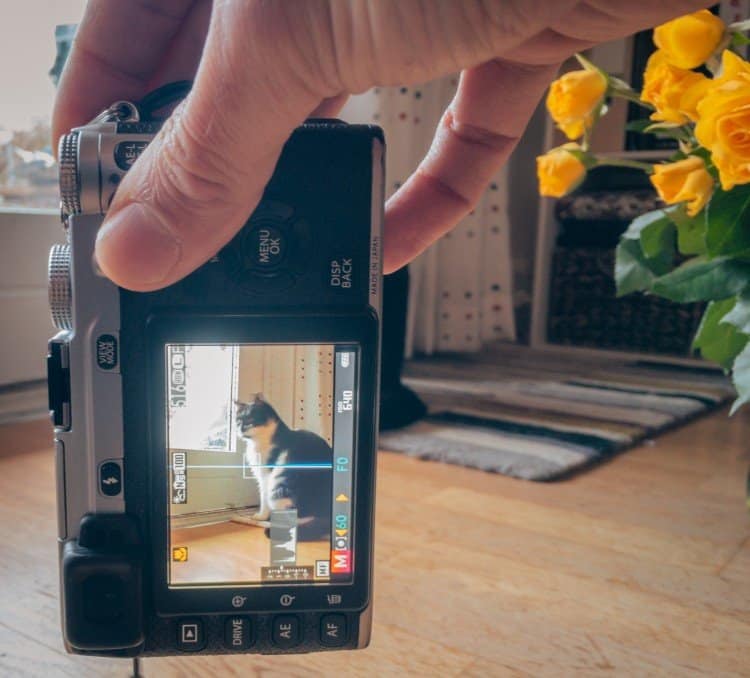Is iPhone Camera Better than Point-and-Shoot?
Smartphones have become the go-to device for many people.
With their high-quality cameras and instant sharing capabilities, they’ve replaced traditional point-and-shoot cameras as the tool of choice for everyday photography.
But how does the iPhone camera stack up against a dedicated digital camera? Is an iPhone camera better than point-and-shoot?
The debate over this topic has been going on since the first camera phone was released.
While there’s no denying that smartphone cameras have come a long way in recent years, with features like portrait mode and night mode giving them more functionality than ever before, some still argue that nothing beats the image quality and versatility of a standalone camera.
So which one should you choose? Let’s take a closer look at the pros and cons of each option to help you decide.
Image Quality: A Side-By-Side Comparison
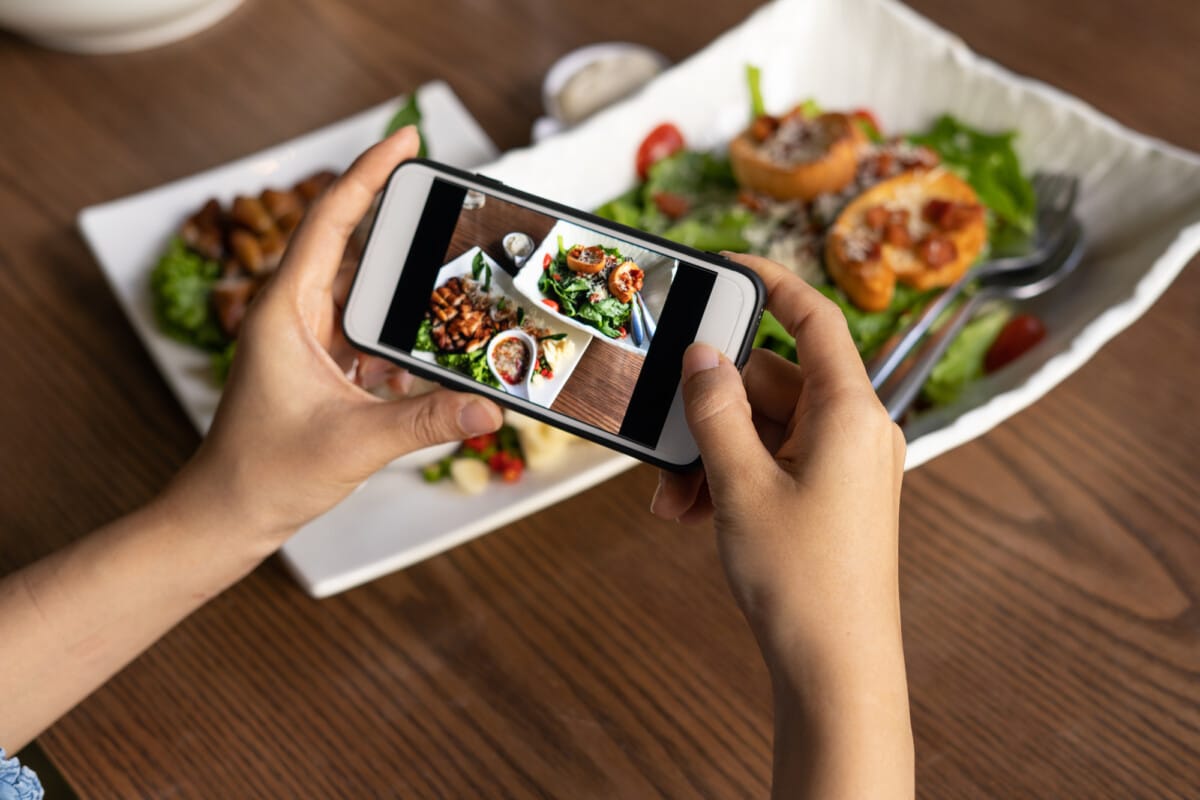
In terms of color accuracy, the iPhone does an excellent job. Its ability to capture vibrant colors is unmatched by most point-and-shoots in its range.
The device has been engineered with a sophisticated processing system that enhances the picture’s overall quality.
However, when it comes to low-light performance, things take a different turn entirely.
A point-and-shoot camera equipped with a high-quality lens will always outshine the iPhone in this aspect.
This doesn’t mean that the iPhone isn’t capable of producing decent shots in low-light conditions.
It just means that there are limitations to what it can do compared to dedicated cameras built specifically for such scenarios.
Versatility: Features and Functionality
The previous section that discussed a side-by-side comparison between a point-and-shoot camera and an iPhone camera revealed that there are pros and cons to both when it comes to image quality.
However, one area where iPhone cameras often shine in low light situations.
With advanced sensors and computational photography techniques such as Night Mode, newer iPhones can capture stunning photos even in dimly lit environments.
It is also worth mentioning that iPhone cameras have the ability to take macro photographs.
While some point-and-shoot cameras may also have this functionality built-in, many users find that they don’t need a separate lens or accessory to get up close and personal with their subjects on an iPhone camera.
The combination of high-quality optics and software algorithms allows for impressive detail in macro shots without sacrificing overall image quality.
Versatility may not always be the first thing that comes to mind when comparing point-and-shoot cameras to iPhones, but certain features like low light performance as well as macro photography make them worthy contenders in any photographer’s toolkit.
Convenience: Portability and Accessibility
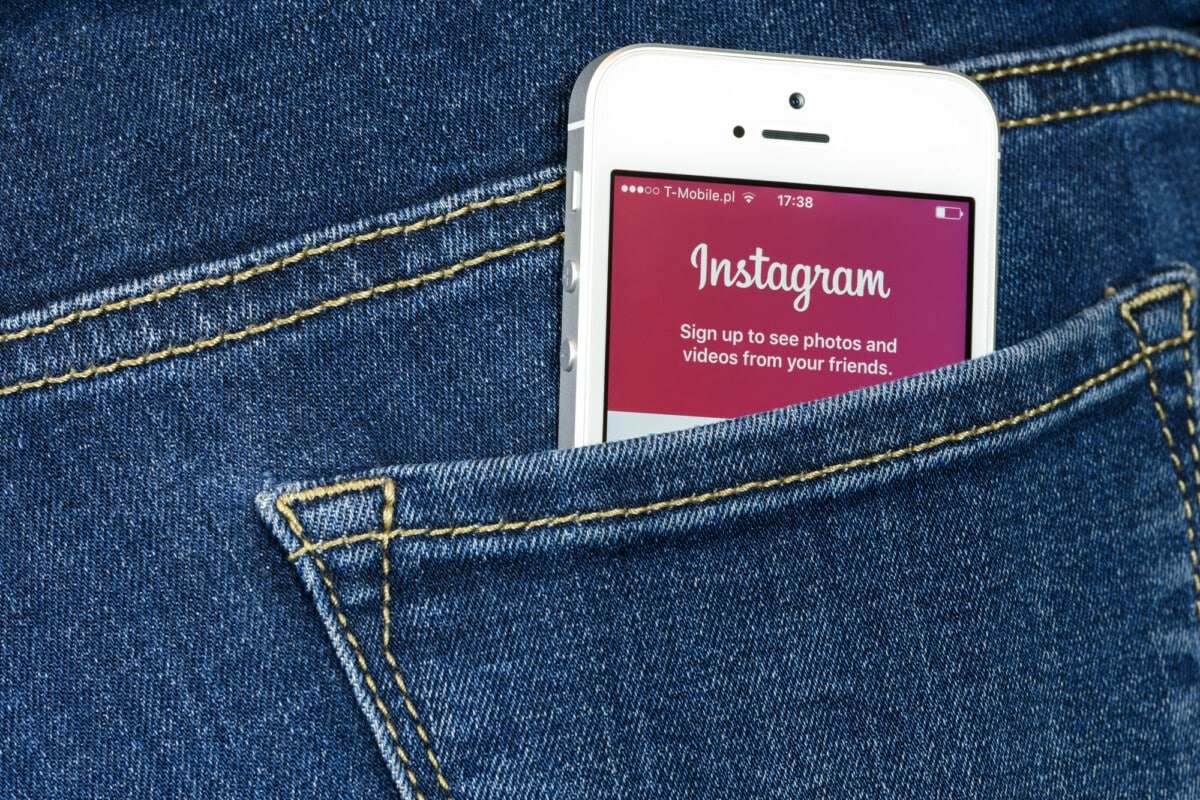
While the iPhone camera has certainly revolutionized mobile photography, it may not be a complete replacement for point-and-shoot cameras just yet.
When it comes to convenience, portability, and accessibility, there’s no denying that the iPhone camera is leagues ahead of traditional point-and-shoot options.
You can easily carry your phone in your pocket or purse at all times, making spontaneous photo opportunities much easier to capture.
When comparing the iPhone camera with DSLRs or even high-end point-and-shoot cameras though, its limitations become more apparent.
Although the low light performance of newer iPhones have improved over time, they still cannot match up to the larger sensors and better optics found in dedicated cameras.
So while the iPhone camera may be great for capturing everyday moments on the go, if you’re looking to take professional-quality photos or want to experiment with different settings and lenses, investing in a separate camera might still be worth considering.
Cost: Affordability and Value
One of the most important factors to consider when it comes to choosing a camera is affordability and value.
With so many options available in the market, buyers are often torn between investing in a high-end device or sticking to their budget.
If you want good-quality photos but you’re on a tight budget, point-and-shoot cameras may be the best option for you.
Point-and-shoot cameras come with varying prices, from affordable models that cost less than $100 to more expensive ones that can go up to $500.
These devices may not have all the fancy features found in luxury cameras, but they make up for it by offering great value for money by providing decent image quality at an affordable price point.
They are also perfect for everyday photography needs because they are lightweight and easy to use.
If you have room in your budget for some upgrades and additional features such as better zoom capabilities or improved low-light performance, then investing in a higher-end camera like an iPhone might be worth considering.
Needless to say, in deciding whether to choose an iPhone over a point-and-shoot camera, it’s important to weigh your priorities carefully.
iPhones provide users with convenience and versatility by offering multiple functions aside from just taking pictures – such as access to social media apps and internet browsing – while also boasting impressive photo-taking abilities thanks to its advanced technology.
It is important to keep in mind though, that this added functionality comes with a much steeper price tag compared to simple point-and-shoot cameras which only serve one purpose: capturing images.
The choice ultimately depends on what you need out of your camera and how much you’re willing to spend on it.
Personal Preference: Choosing the Right Device for You
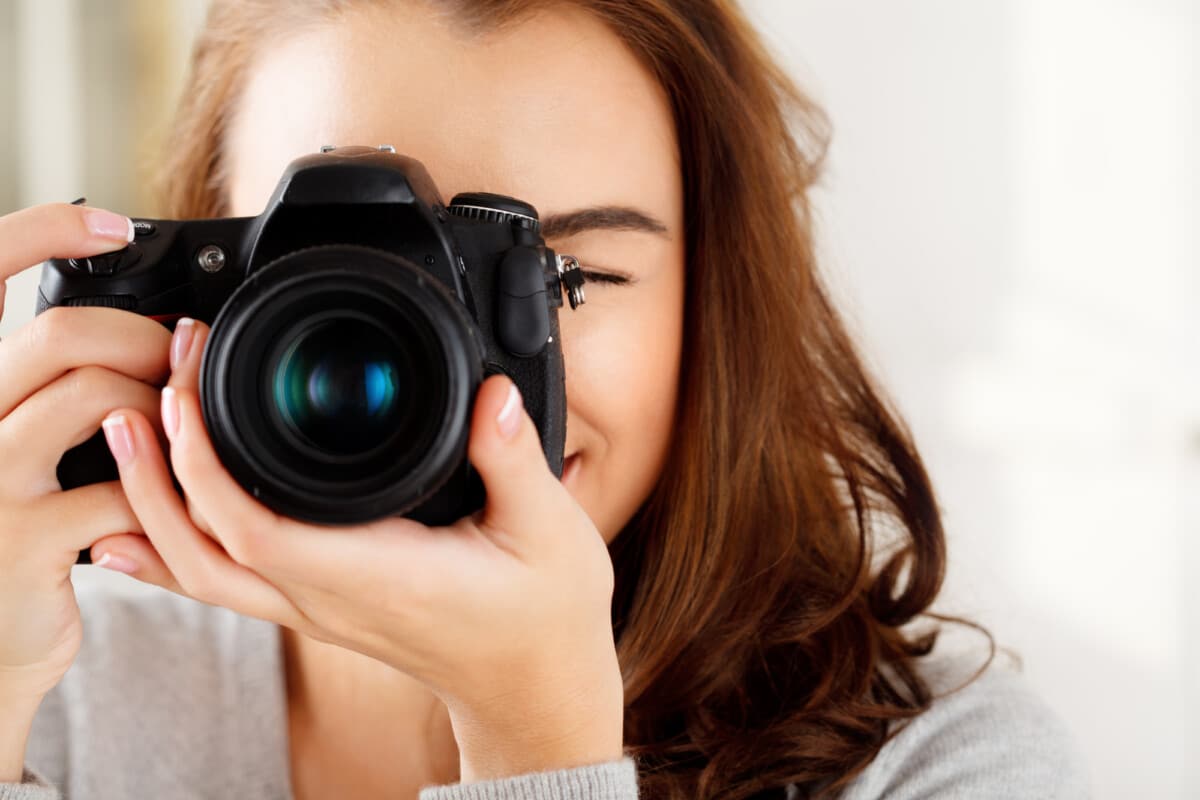
Cost is certainly a factor, but it shouldn’t be the only one considered.
After all, what good is an affordable camera if you don’t enjoy using it or can’t capture the shots you want?
One key aspect of personal preference is the ease of use.
Some people prefer cameras with simpler interfaces and straightforward settings, while others may appreciate more advanced options for customization.
It’s important to consider your own level of experience and comfort with technology when making this decision.
To help weigh these factors, take a look at this table comparing some basic features of popular point-and-shoot cameras versus the iPhone camera:
| Feature | Point-and-Shoot Camera | iPhone Camera |
| Price Range | $100-$500+ | $699-$1099+ |
| Zoom Capability | 3x-50x (depending on model) | Digital zoom up to 10x |
| Image Quality | Varies by model but generally high resolution with some manual controls available | High resolution with various shooting modes (e.g., portrait mode) |
| Ease of Use | Generally easy-to-use interface with limited customization options | Familiar interface for Apple users with extensive customization options through apps |
As you can see from this chart, each type of camera has its own strengths and weaknesses in terms of price, functionality, and user-friendliness.
Deciding which device is right for you will ultimately depend on your individual needs and preferences.
There are factors to consider when weighing your options between a point-and-shoot camera and an iPhone camera.
It includes portability, battery life, and additional accessories, such as lenses and tripods.
Take time to research different models and read reviews from other users before making a final decision.
By doing so, you’ll increase your chances of finding the perfect camera to fit your unique style and needs.
Final Thoughts
Deciding whether the iPhone camera is better than a point-and-shoot camera ultimately depends on what you are looking for.
iPhone may offer more convenience and portability, but a point-and-shoot camera can often provide longer battery life and greater manual control.
One interesting statistic to consider though is that according to Flickr’s Camera Finder data from 2019, the top five most popular cameras used by their users were all iPhones.
This shows just how much people rely on their smartphones as a primary camera option.
However, the decision between using an iPhone or a traditional point-and-shoot camera comes down to personal preference and individual needs.

